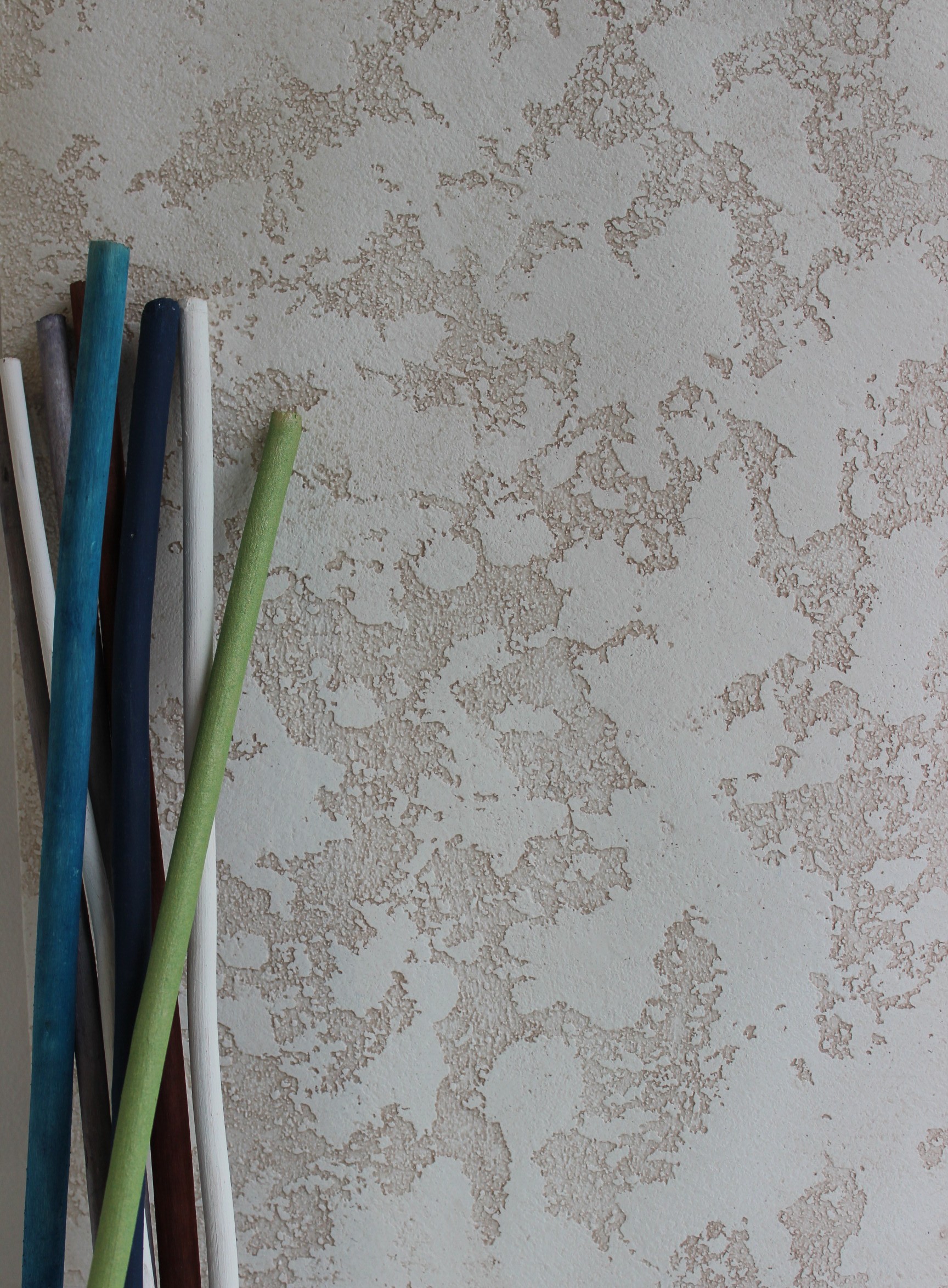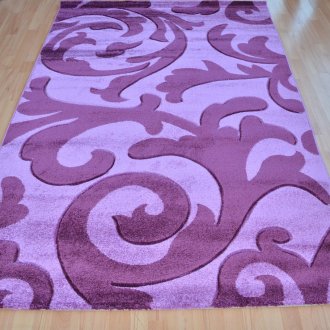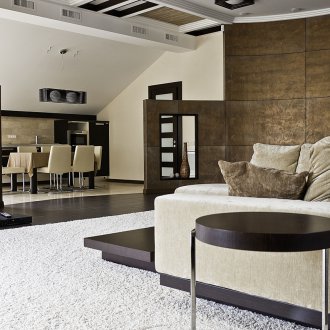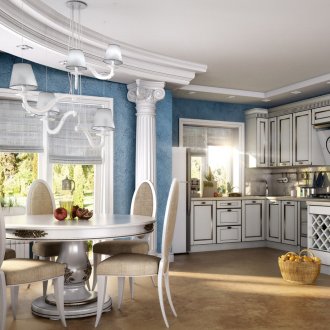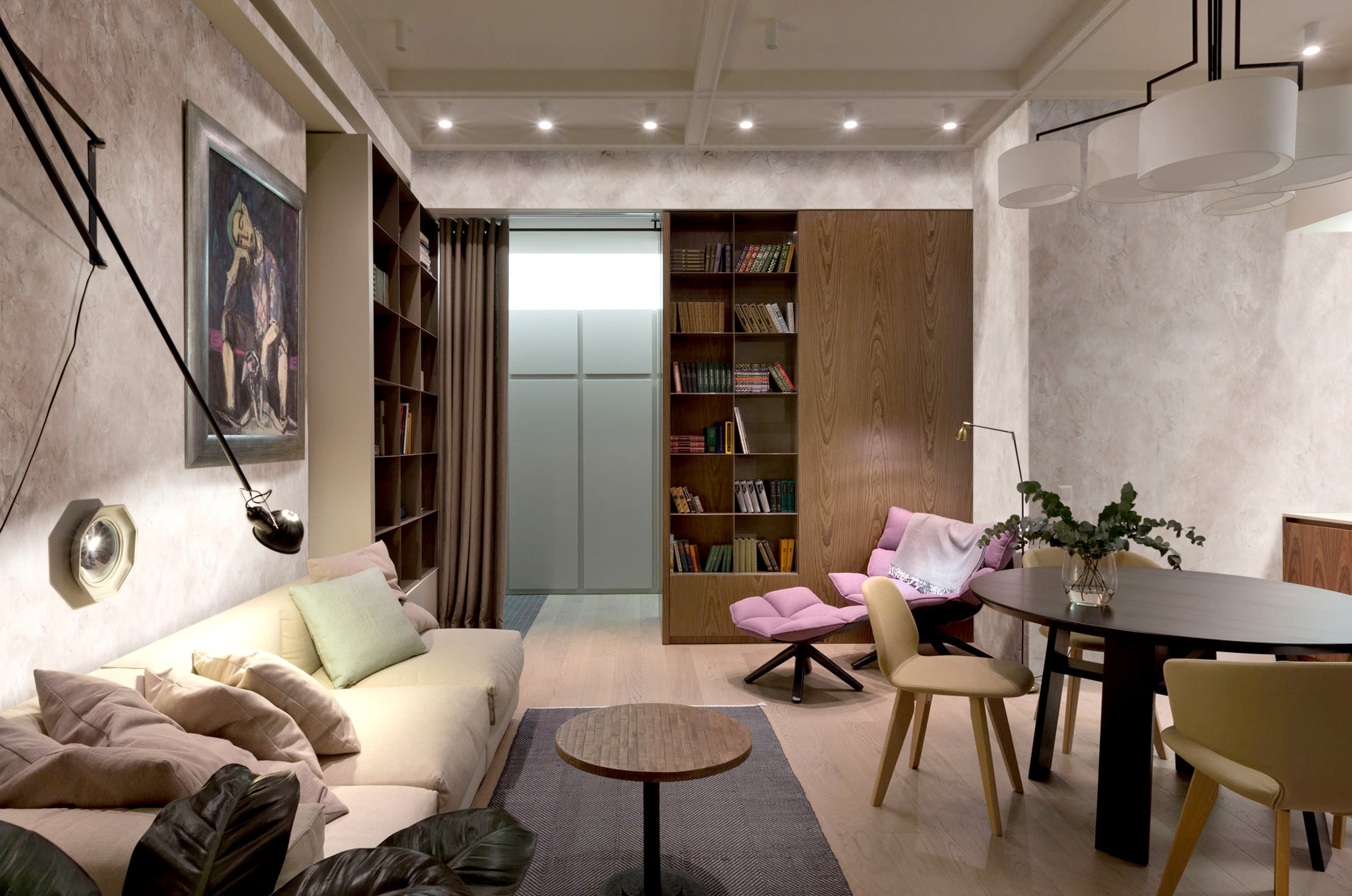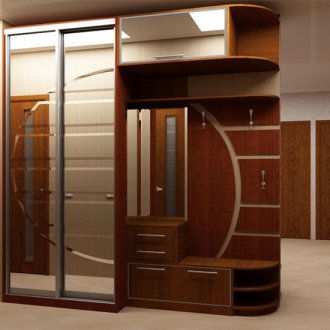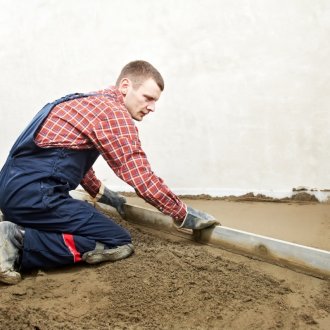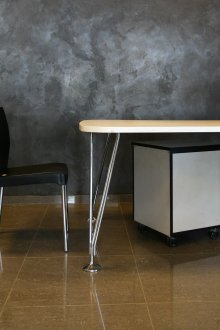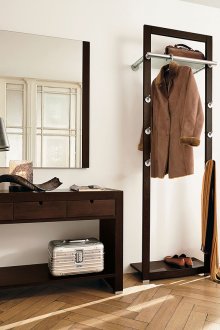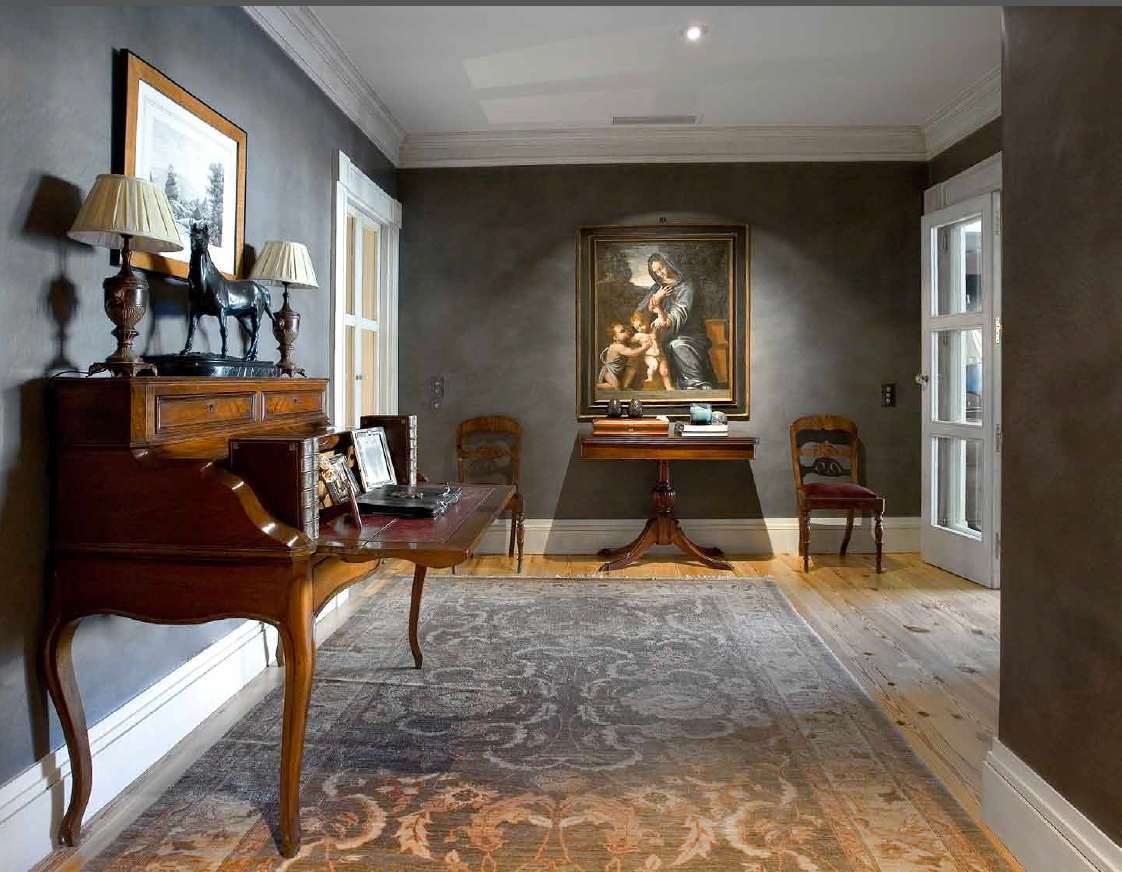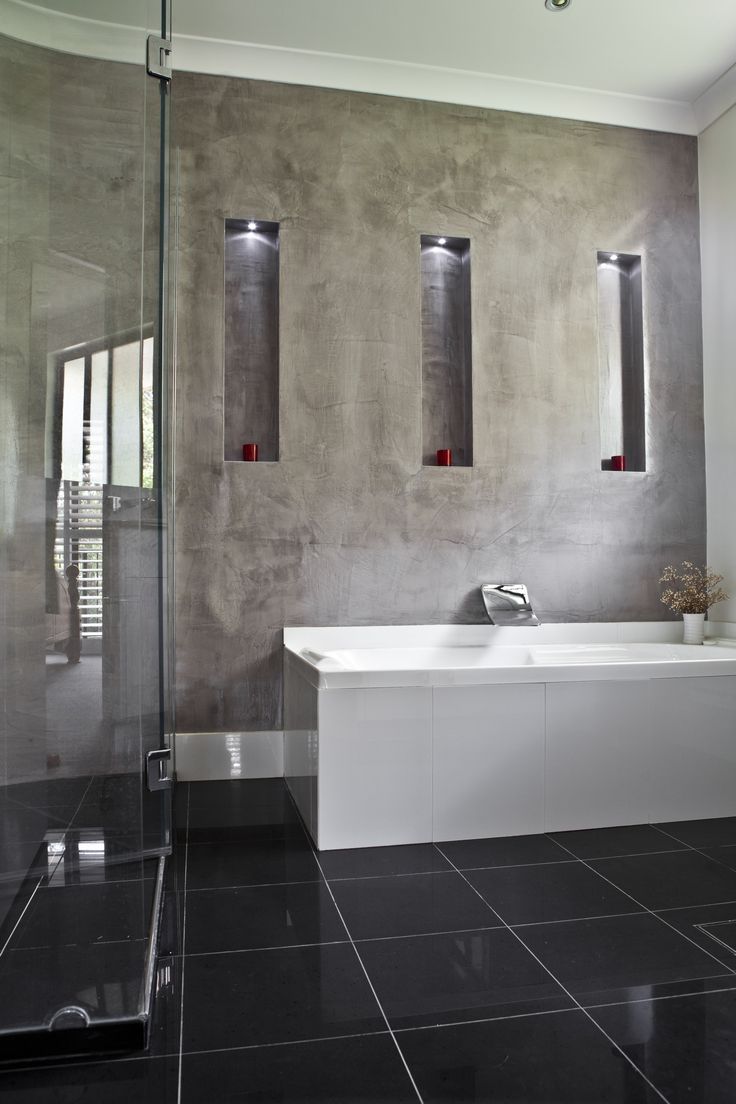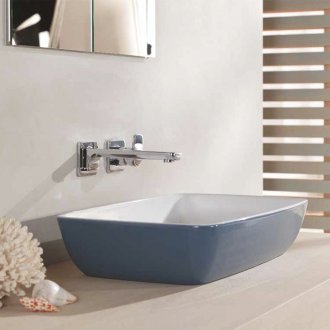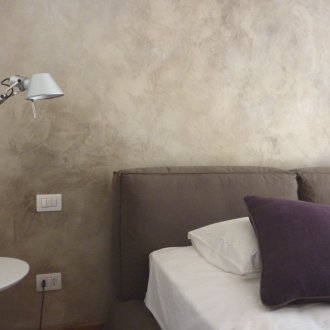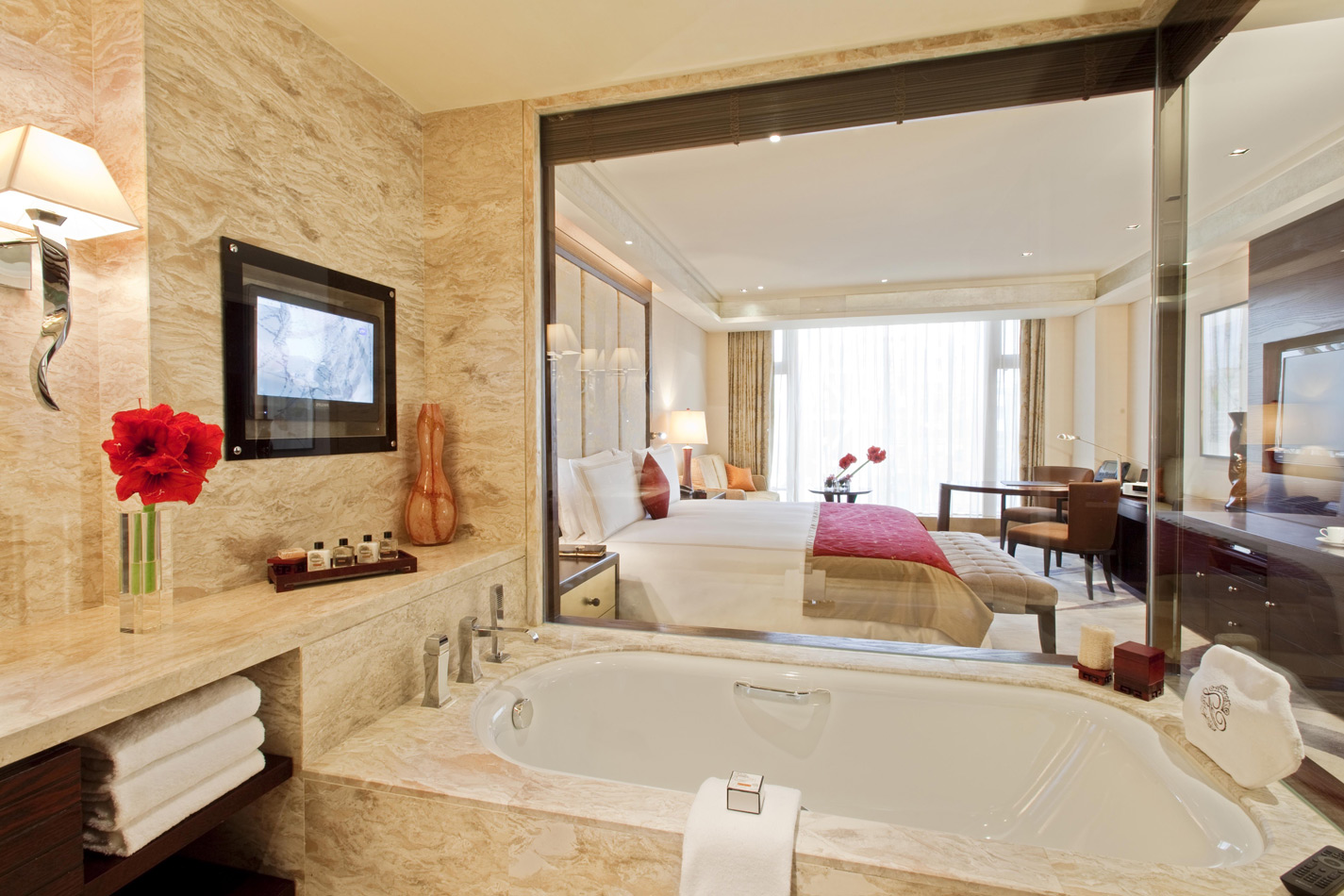Advantages and possibilities of using Marmorino plaster (21 photos)
Content
Marmorino plaster is a decorative composition, ready to use, for the production of which fine-ground marble fillers and lime dough are used. In its finished form, the Italian coating imitates a variety of effects, the most in demand are aged antique stone, embossed section, polished Venetian marble.
The essence of popular coverage
Ultramodern technologies and old recipes allow to obtain products with excellent aesthetic and operational properties. The mixture exhibits high penetrating ability, moreover, it has a significant antifungal and disinfectant effect. After finishing work, the wall on which the Marmorino plaster was applied, as a result of carbonation becomes harder (this is a consequence of the natural reaction of carbon dioxide and slaked lime). Thus, a key component of marble is formed - calcium carbonate.
The composition of the decorative material
The main working ingredients are:
- ultrafine marble powder;
- colorants of mineral and oxide origin;
- calcareous powder (preferably slaked);
- rheological modifiers, in some cases, drying oil (they are necessary in order to facilitate the application of decorative coatings).
The final effect can be roughened, polished, like processed marble, or velvety.
Rules for surface preparation, an overview of auxiliary compositions
Marmorino is a decorative plaster that needs a carefully designed base, moreover, experts allow two acceptable options:
- the surface, previously plastered and putty;
- GKL sheets forming a putty base, joints should be reinforced.
As a rule, the final rough finish is made using putties, a variety of dry building mixtures of the same brand that makes the Marmorino coating. It should turn out to be an absolutely smooth, dry, dust-free surface, salt and wet spots are unacceptable. To get rid of dust, professionals use primers, to enhance adhesion - soils with micronized quartz filler.
The specifics of the formation of decorative coatings
The considered type of Venetian plaster is ready for use, it has a pasty structure, it does not need to be diluted with water. Before applying, you just need to gently mix the substance with a mixer. Wall decoration comes down to the formation of two layers (the first should dry for 8 hours, in some cases this period increases), here you can use a steel spatula or trowel.
To achieve an imitation of polished marble, the finish layer must be carefully polished with a dampened trowel. Depending on what final stage is required, technical features and methods of repair work differ.
In cases where a polished, even, absolutely smooth surface is required, a steel spatula is used when applying the first layer.First, the substance will have noticeable roughness, when it is completely dry, you can begin to create a second layer. Here it is already necessary to pay attention to tamping, and when the surface dries, it must be treated with a dry tool - this will cause gloss (the more intense the effect, the smoother the finish will be).
If the intent is to create an imitation of an antique aged wall, the technology is almost identical to that described above, but the second layer is not laid tightly, local areas should remain “free”, the number of which can be varied as you like.
When a textured relief is expected, the first layer is also formed, and to perform the second one will need a wet sponge. In this case, it is not necessary to densely lay the material, it is enough to distribute it in separate sections, and when everything dries up, only these areas should be polished with a spatula. Thus, the second layer forms an even structure, and the first - the desired rough relief.
It looks interesting to apply decorative Marmorino plaster in different shades. If a non-tinted composition is used, a finished glossy or glaze matte mixture is applied to the final surface.
Marmorino plaster with equal success can be used both for interior finishing work and for facade cladding. In the latter case, several conditions must be met:
- material must not be laid in rainy weather;
- ambient air temperature must exceed + 5 ° C;
- after the end of work, the surface should be covered for 2 days to prevent the ingress of precipitation.
Key material features
A mineral coating with a lime base usually has a granular composition, a variety of application methods and polishing techniques provide an unlimited list of imitation surfaces. Venetian plaster forms a thick layer that is not afraid of high humidity conditions, so the material can be used in all categories of rooms, including bathrooms, bathrooms. Manufacturers insist that Marmorino can also be used for facade decoration, but the masters, taking into account domestic climatic conditions, prefer interior repair using the mixtures in question.
Estimated consumption varies between 1.5-2.5 kg per square meter, the exact figures depend on the technique in which the plaster will be applied (as a rule, lay 2 layers on an absolutely smooth surface). Air lime serves as an effective binder, therefore, walls covered with mineral plaster can be cleaned of operational impurities by wet cleaning. Packages in which the compositions are sold may have different weights, in particular, packaging of 1.5 and 20 kg is common.
A preliminary selection of material can be carried out using Internet directories: interactive resources allow you to evaluate texture samples and colors, videos cover in detail the application technology. But before making a purchase decision, experts recommend making sure of the performance and appearance of the coating - familiarize yourself with the samples in specialized stores.
Reasons for the demand for Italian plaster
The Marmorino plaster can adequately adorn both classic and ultramodern interiors, with its help everyone can repeat the decoration of ancient palaces or the majesty of the Roman chambers in their home. The wall covering with a unique pattern looks very elegant, it fits perfectly into the city apartment, moderately furnished with furniture. An extensive color scheme allows you to play with shades and styles, which is appreciated by professionals - designers and planners.
One cannot ignore the fact that Marmorino is indispensable in solving restoration problems: with its help, buildings of cultural and historical value are restored.


